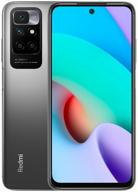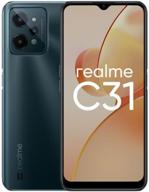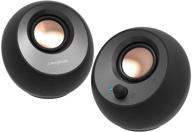
Review on ROARBATT Pure Sine Wave Power Inverters 4000Watt 24V DC To AC 110V 120V Peak Power 8000Watt With Remote Control 4 AC Outlets And Dual USB Port For CPAP RV Car Solar System Emergency Car Electronics & Accessories by Saradhi Suter

Works well when not operating at full capacity
I bought this inverter to provide backup power for components in the network panel. The network panel includes a cable modem, router, multiple switches, VOIP devices, home automation hub, and connections to 3 POE access points and multiple POE security cameras. The entire panel typically draws around 95 watts. A 2000 W inverter is clearly too much of a good thing for this. But since I won't be creating a permanent installation, I wanted to increase the size if needed to power additional devices and devices. The battery has a continuous discharge of 3C, which corresponds to 450A. To avoid a large spark when connecting the last wire from the battery to the inverter, I pre-charged the capacitors in the inverter with a 50 ohm/25 watt resistor. This lasted about 20 seconds, but after that there was no spark. This inverter uses 5W in standby mode, so you may not want the inverter connected to your battery when not in use. To check the performance of the inverter, I connected a heat gun and a hair dryer. I was able to draw up to 2000 watts without any problems. But suddenly the inverter turned off (see attached video). I lowered the power draw to around 1500W and the inverter works fine (Note: I only tested 1500W for around 5 minutes). At first I thought the tripping was due to undervoltage protection. But I have never seen the input voltage drop below 11V on the inverter screen. According to the specification, the input undervoltage lockout should be between 9 and 10V. To confirm the minimum voltage I saw, I ran the 2000W test again with a Fluke multimeter connected to the inverter's input terminals. The recorded minimum voltage to cut out, shown by the meter, was 11.2V. An LCD display on the inverter is useful, but not as much as I initially thought. The input battery capacity indicator shown on the LCD is based on the voltage at the input terminals of the inverter. This only applies to lead-acid batteries. With a lithium battery, the state of charge cannot be determined from the battery voltage, so the display is misleading. It's good to be able to see the power output, but displaying a sine wave graph on the LCD just takes up real estate. I would have a much higher opinion of the LCD if it were used to provide user feedback, such as: B. Displaying an error message telling me why the inverter tripped during my test. All in all, despite the issues I've had, I still think it's a decent inverter. It seems to work fine when not pushed to the limit. In any case, I don't expect any problems for my low-demand use case.
- Tools and Equipment
- Miscellaneous Miscellaneous
New products
Comments (0)
Top products in 🔌 Car Electronics Accessories

Smartphone Xiaomi Redmi 10 2022 4/128 GB Global, Dual nano SIM, carbon gray

114 Review

Realme C31 Smartphone 4/64 GB Dual Nano SIM Dark Green

77 Review

Realme C30 Smartphone 4/64 GB RU, Dual nano SIM, Blue

94 Review

Smartphone Apple iPhone 13 128 GB, nano SIM+eSIM, Alpine green, Slimbox

108 Review
Another interesting products

Westin White Tea Home Diffuser Refill Cartridge - Signature Hotel Fragrance & Scent

16 Review

Yellowstone Season Complete Movies Collection

3 Review

High-Quality 3-Foot Black Ethernet Patch Cable 5-Pack by Amazon Basics: Snagless RJ45 Cat-6 for Reliable Internet Connections

8 Review

Creative Pebble V3 Minimalistic 2.0 USB Type-C Desktop Speakers with USB Audio, Clear Dialog Enhancement, Bluetooth 5.0, 8W RMS + 16W Peak Power, USB Adapter Included (Black)

8 Review

